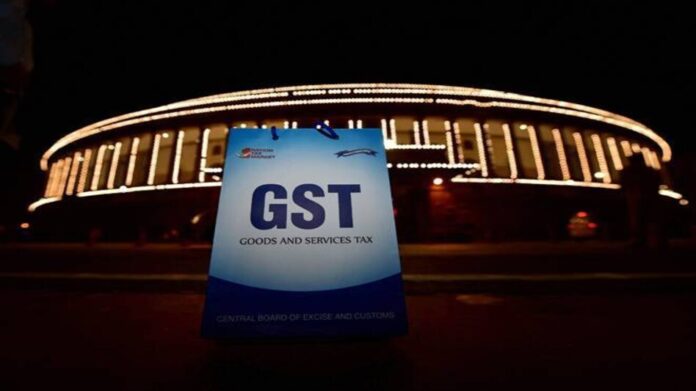The introduction of the Goods and Services Tax (GST) in India on July 1, 2017, marked a significant milestone in the country’s economic history.
GST replaced a plethora of central and state taxes, aiming to streamline the taxation system to foster economic growth. This reform has left a remarkable impact on the Indian taxation sector, leading to an era of improved efficiency, transparency and simplicity in business operations.
Introduction of GST could be said to have given impetus towards the vibrancy of the Indian economy. In the pre-GST regime, the indirect tax structure in India was fragmented. Each state had its own VAT laws to impose taxes on supply of commodities, while the central government imposed taxes on manufacture of goods and provision of services. The levying of taxes at different stages of supply chain led to a cascading effect, resulting in tax burden for consumers.
The GST law addressed this issue by providing a seamless credit and uniform tax structure. The simplified tax structure under GST has reduced the compliance burden and facilitated a more business-friendly environment. Elimination of border check posts has resulted in faster movement of goods across state borders, in line with the government vision of “One Nation, One Tax”.
Surge in GST collection Under the GST regime, 47 lakh taxpayers transitioned from service tax, VAT, and Central Excise frameworks. Currently, there are 1.4 crore registered taxpayers under GST law. Initially, the government’s average monthly GST collection ranged from Rs 0.8 to 1.2 lakh crore. However, in fiscal year 2023-24, this average monthly GST collection has surged to Rs. 1.66 lakh crore. This data highlights the substantial growth in both taxpayer numbers and GST revenue since the implementation of GST.
In the era of ‘Digital India,’ technological advancements have played a crucial role in streamlining GST.
GST portal features such as auto population of purchase data in recipient GSTINs, integration of e-invoices with GST returns and generation of e-invoices/e-way bills have significantly contributed to the efficiency of the GST system. Additionally, processes such as e-filing of refunds, online appeals have further enhanced the overall functionality of GST.
Notably, the establishment of GST tribunals is a matter that needs attention. However, there are complexities around their formation. During the 52nd GST Council meeting in October 2023, recommendations were proposed to address the appointment of lawyers as judicial members. It was anticipated that the proposed amendment Bill will be presented during the winter session of Parliament in December 2023.
GST on gaming In the gaming sector, there has been a continuing debate on categorisation of games as either ‘games of chance’ or ‘games of skill’. Subsequently, at the 51st GST Council meeting, it was decided to impose a 28% GST on all online games; but the government provided relief to players by clarifying that the GST levy would only apply to the initial deposit amount (real money) and not on the value of each bet from the winning amount.
Over the last few months, taxpayers have received multiple GST notices for the financial year 2017-18 and 2018-19, addressing alleged shortfalls in GST payment, the reversal of input tax credit, or the recovery of erroneous refunds. Notices have also been issued on matters involving the interpretation of legal provisions, rulings by the Supreme Court, High Courts, and Advance Ruling Authorities, among others. Amendment to GST law In October 2023, the GST Council made specific recommendations to facilitate trade, including the introduction of an amnesty scheme for filing appeals, issuance of clarifications regarding guarantees on loans provided by directors in their personal capacities and by related persons, and the prospective amendment in the GST law to make the input service distributor (ISD) mechanism mandatory for the distribution of input tax credit (ITC) on common services.
There is anticipation that the government will introduce measures to establish more flexible tax-free enclaves within Special Economic Zones (SEZs). Additionally, there is also expectation of clarity on the taxability of virtual digital assets (VDA) and discussions on the applicability of GST on Employee Stock Option Plans (ESOPs). Furthermore, it is anticipated that an amnesty scheme under Customs law may be announced. The digitalisation of the Customs litigtion processes is also likely to be a part of the Budget discussions. Following the winter session in December 2023, the government will gear up for a two-week “Interim Budget Session” of Parliament before the Lok Sabha elections in 2024. The anticipated changes are likely to be dispersed across the interim and final budgets of 2024.
Substantial alterations in the GST law are not expected as many are regularly addressed by the GST Council. However, there could be announcements under Customs with a view to promote manufacturing in India.
This article was originally published in Money Control on 11 Jan 2024.










